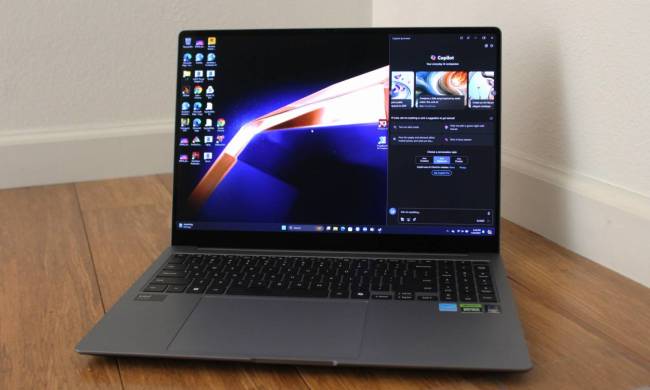Flash forward to Friday and the industrious folks at Windows Central were able to get Windows 10 installed and running. As you can see from the video, the Surface coffee table runs Microsoft’s latest and greatest operating system as if the two were made for each other — almost, that is.
Of course, the original Surface came with the Windows Vista operating system and a custom user interface shell that enabled a number of features that Windows 10 doesn’t support. Originally, the Surface coffee table was meant to be shared by multiple users, with an interface that was able to work at any angle and allow multiple people to grab objects and flip them around the screen. None of that functionality is supported by Windows 10.
The Surface, originally introduced in 2007, was renamed as PixelSense in 2012, likely to make room for the impending Surface brand that has spawned today’s highly successful Windows 10 2-in-1s and the latest Surface Studio all-in-one creativity workstation. PixelSense essentially referred to sensors built between individual pixels on the display panel that allowed it to receive both visible and infrared lights and thereby “sense” input.
Microsoft didn’t do away with the confusion, however, because PixelSense is also the name it gave to the touchscreen displays used on contemporary Surface products. Confused yet? If you are, it really doesn’t matter — the original Surface was priced at more than $7,500 in all of its incarnations and so really was a novelty product. The following video shows the Surface coffee table running in its original configuration.
Today, the Surface coffee table is more of a curiosity, and seeing it run Windows 10 mainly serves as a tease of what such devices could look like one day. If you want to install Windows 10 on your own old-school Surface device, then go search the web and see if you can find one for sale. Otherwise, you can hold out hope that Microsoft will bring its Surface line full circle and release a new Surface coffee table again one day.


